I’ve driven the new Ford Capri – and it proves that nailing the retro-inspired EV brief isn’t easy
A perfectly fine electric vehicle, but a missed opportunity
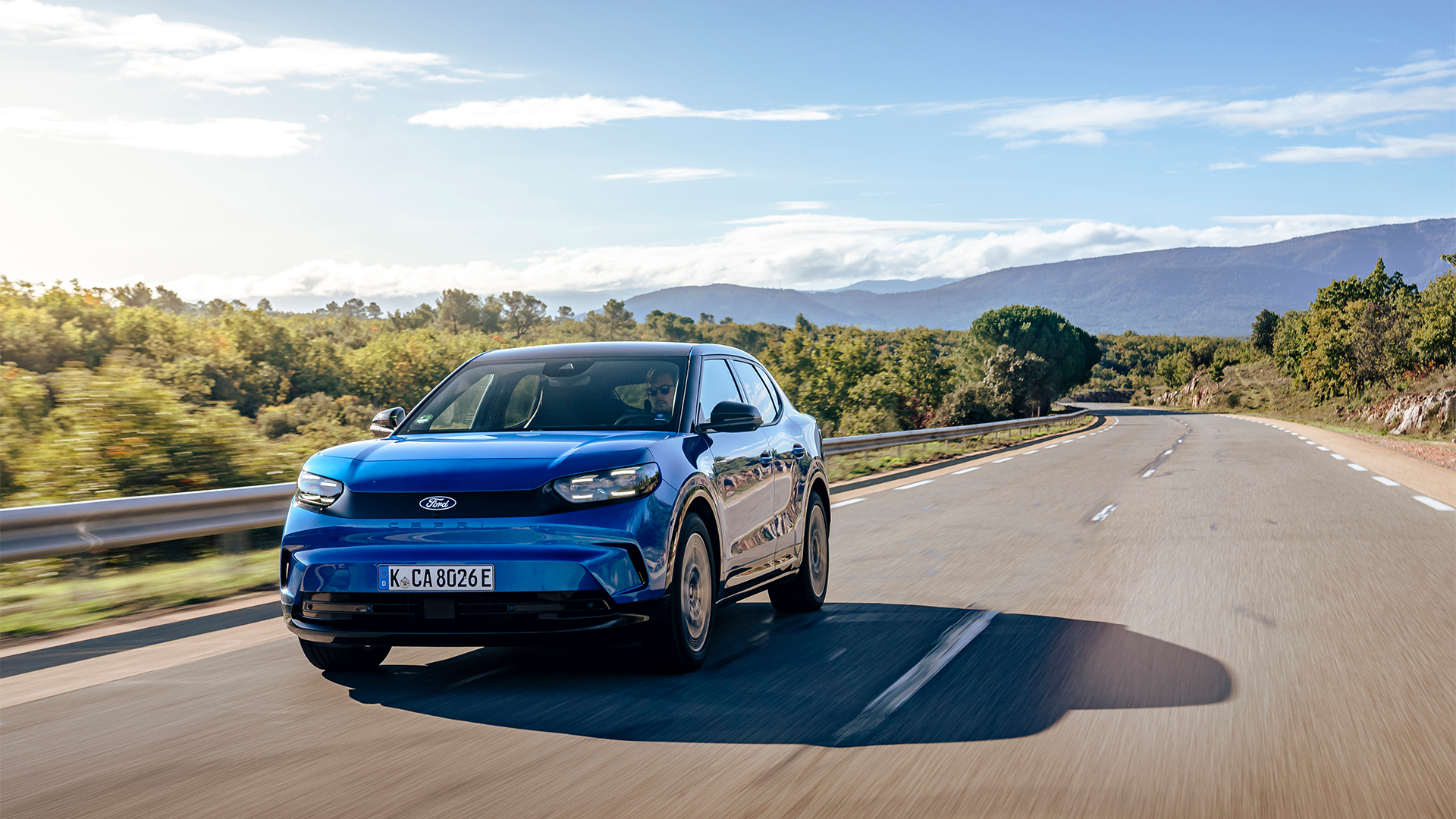
As legacy automakers continue to devise new ways of standing out from an increasingly homogenous electric vehicle crowd, plundering the archives for inspiration is rapidly becoming a key method of differentiation.
After all, Chinese manufacturers might have the upper hand on battery, electric motor and infotainment technology, but they don’t have decades of legacy, design influence and brand recognition to play with.
Hence why some European automakers have been cashing in on this nostalgia recently, with the likes of Renault unveiling its 5 E-Tech, quickly followed by a boxier Renault 4 — both modern EVs draw heavily on their 1960s and 70s forefathers.
It’s not exactly new, seeing as Volkswagen dabbled with the Beetle back in 2000s and BMW’s resurrection of the Mini badge has been a runaway success story, but the electric revolution looks increasingly like it will continue to feature elements of yesteryear.
This explains why the 1960s, 70s and even 80s are currently popular decades for designers to study (shout out to all those Boomers buying cars) and it also goes some way to explaining why Ford jumped on the bandwagon when it recently revived the Capri name.
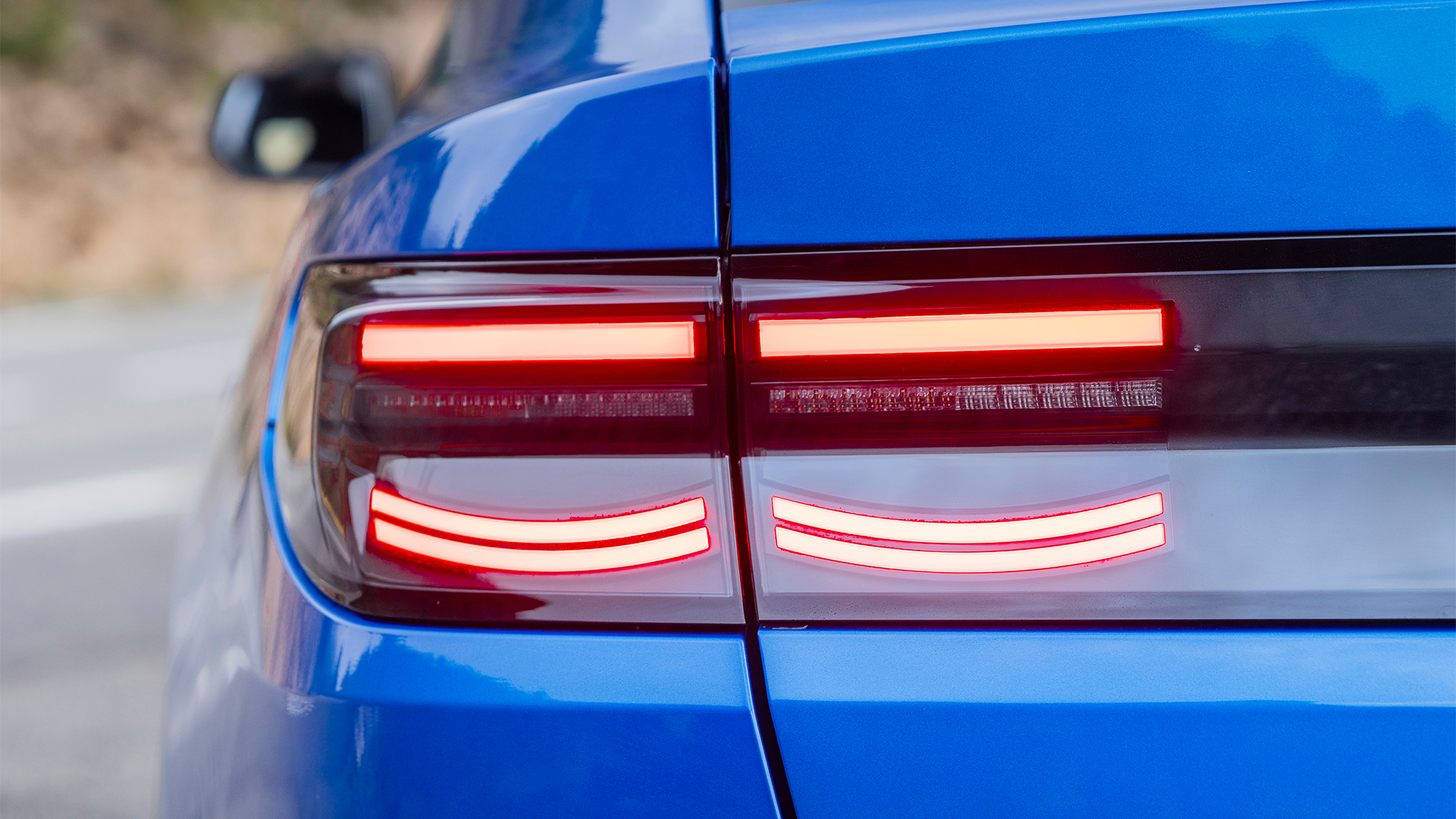
Originally devised as the European answer to the iconic Mustang, the first generation Capri, which made its European debut in 1969, went on to enjoy almost two decades of success thanks to its Pony Car styling, affordable power and roles in numerous films and TV series.
The marketing at the time ran with the line: “the car you always promised yourself”.
Sign up for breaking news, reviews, opinion, top tech deals, and more.
The elongated bonnet with built-in power dome and fastback styling are instantly recognizable to anyone with any car knowledge – or a penchant for flared slacks and shaggy haircuts – so when Ford said it would return as an EV in 2024, there was naturally some excitement… and trepidation.
The return of an icon?
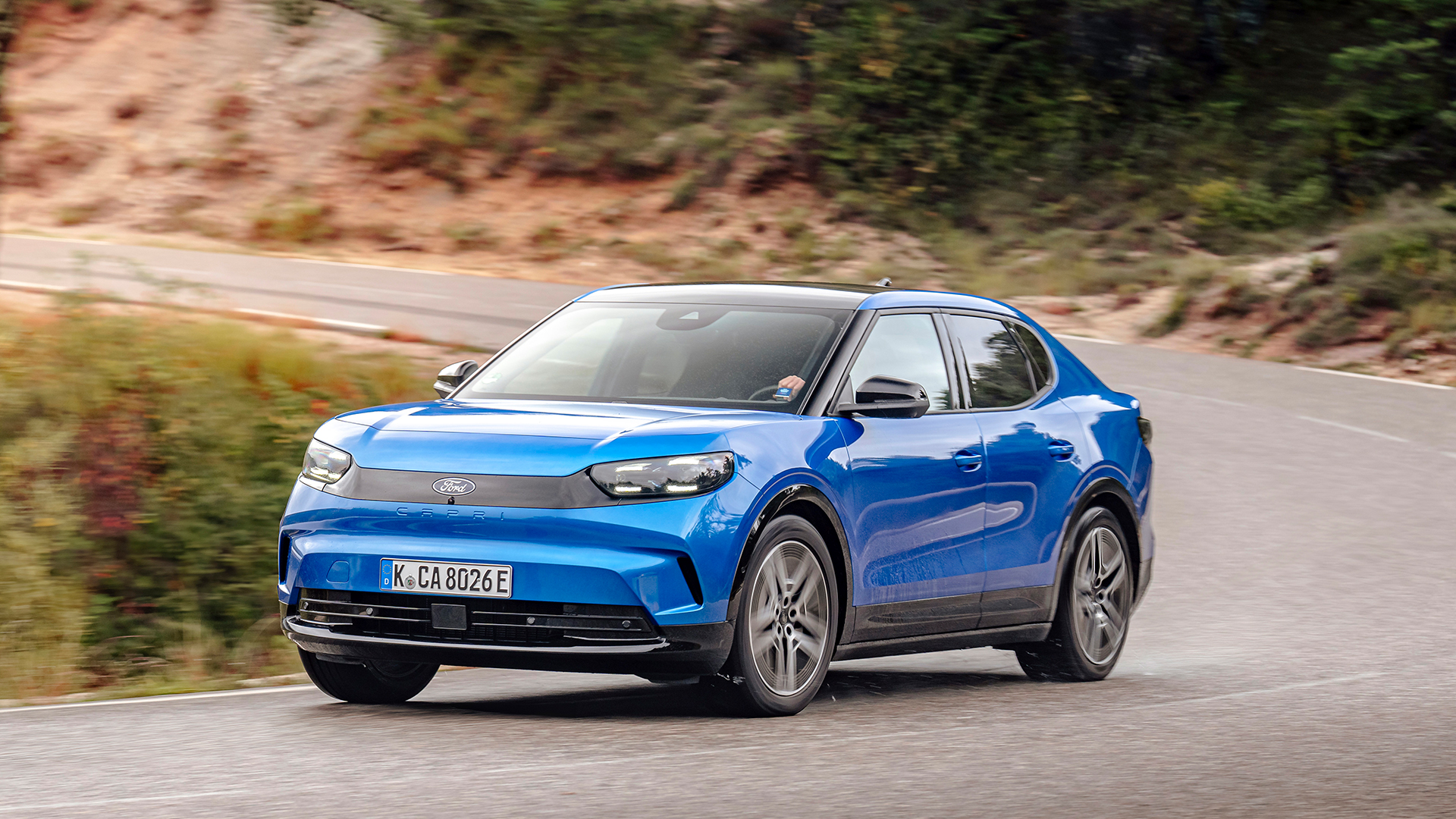
Don’t think of the new Capri as an electrified modern interpretation of the original, but rather as an exercise in slapping a familiar badge on the back and paying lip service to a few design cues.
It’s just a hell of a lot money whichever way you look at it, which makes Ford’s lack of imagination in the revival of the Capri name an even more difficult pill to swallow.
The new car is, after all, a hulking great SUV/crossover with battery packs and electric motors powering it. In fact, it borrows many of its underpinnings with the Ford Explorer, which itself is built on the VW Group’s MEB platform. A far cry from the muscle car of old.
When I was handed the keys to the press car, I had a moment of blind panic that I had been left with the wrong set, seeing as the fob is exactly the same as the one you get with pretty much every modern Volkswagen product. Not a great start.
Thankfully, the inside of the modern Capri doesn’t look or feel like the VW ID.4 and ID.5 upon which it borrows most of its parts. But then again, it also doesn’t look or feel anything like the original Capri, either.
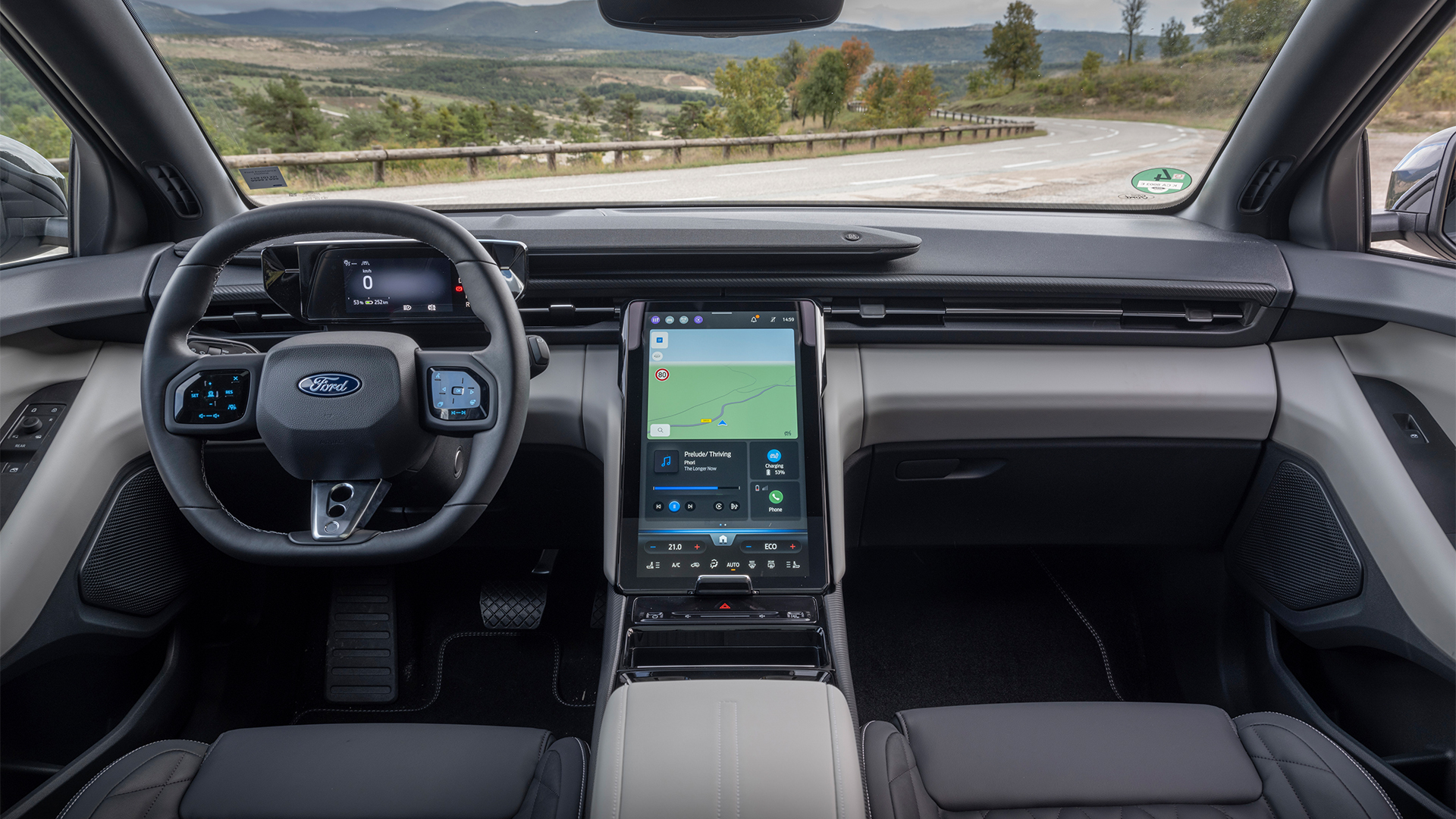
It’s a similar story on the outside, although a bit more of Volkswagen’s influence pokes through if you look hard enough.
Ford says the all-electric Capri is “exactly how the iconic sports coupe would have evolved had Capri stayed in continuous production”, but I really struggle to see it.
To these eyes at least, it looks like a high-riding VW ID.5 has been crossbred with a Ford Explorer and a Polestar 2.
It is almost the complete opposite of the work Renault, Fiat and Mini have produced with regards to their nostalgic models – all of which smack of the original cars but look suitably futuristic at the same time, with interiors that equally feel nostalgic and forward thinking.
The new Capri is, well, very generic and when parked up next to a swathe of modern EVs, you’d be very hard pushed to separate it from the crowd.
Even the small retro touches, like the metallic finish at the bottom of the steering wheel, feel like an afterthought.
Not a nostalgic drive
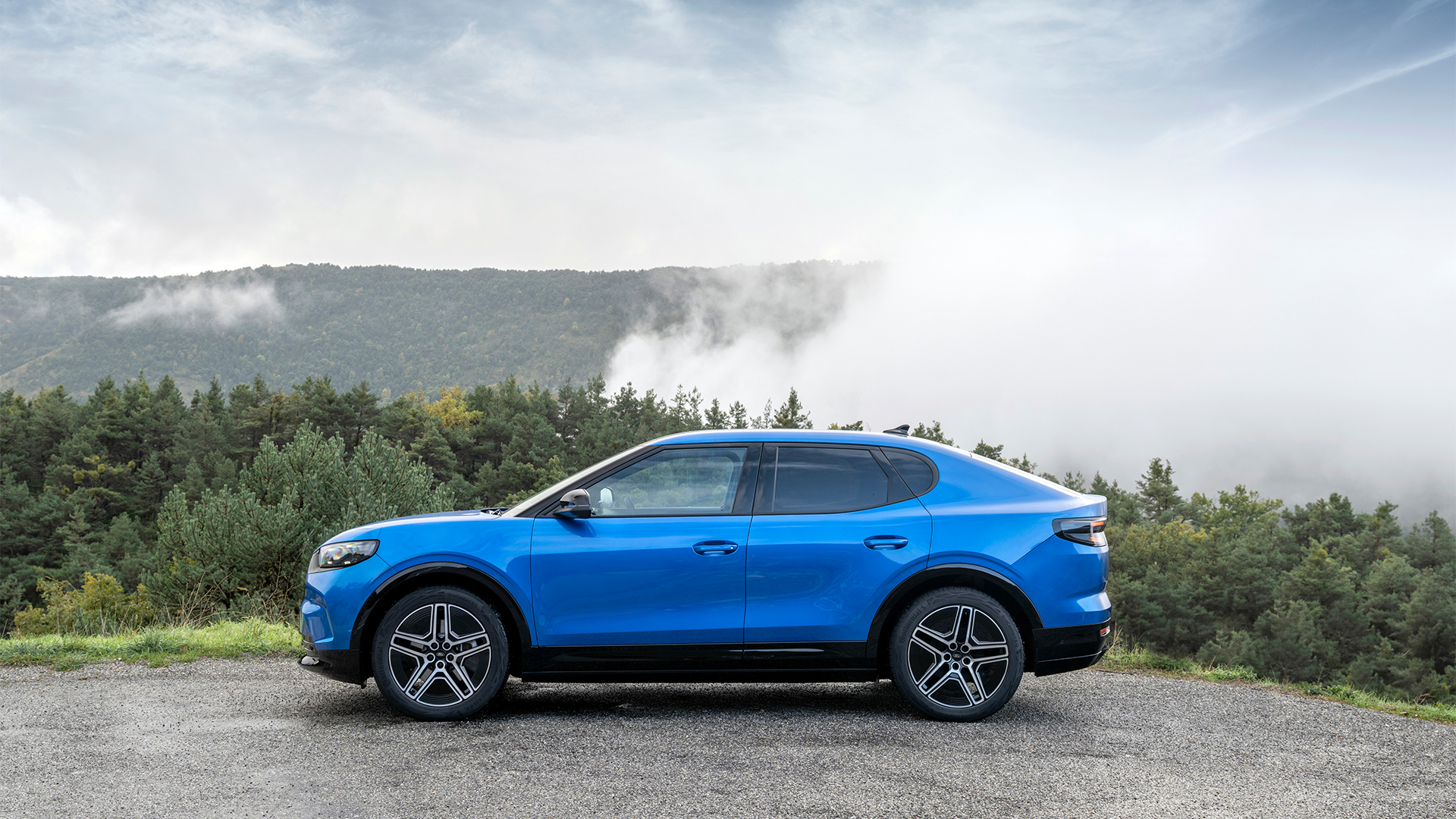
Among other things, the new Ford Capri also shares its powertrains with the previously mentioned VW products, so it comes with a 52kWh, 77kWh or 79kWh battery pack depending on the model.
The cheapest versions are rear-wheel-drive (RWD) only and come in an Extended Range option for those who want the maximum distances between stops. All-wheel-drive (AWD) variants are the fastest and most powerful, able to complete the 0-62mph sprint in 5.3 seconds.
The vehicle I drove was the Premium AWD version, which could manage a claimed 346 miles on a single charge and came with all manner of additional niceties.
These included a premium Bang & Olufsen sound system, which looks a bit like a sound bar that has been mounted to the dash, and LED ambient lighting inside.
However, a quick look at the specification sheet revealed the car cost £58,285 (or around $77,000 / AU$120,600), which is more than the top-of-the-line GTX Edition of the VW ID.5, more than Ford’s own Explorer, and marginally more than Kia’s fully-specced EV6 GT-Line S, which has a larger battery and more range.
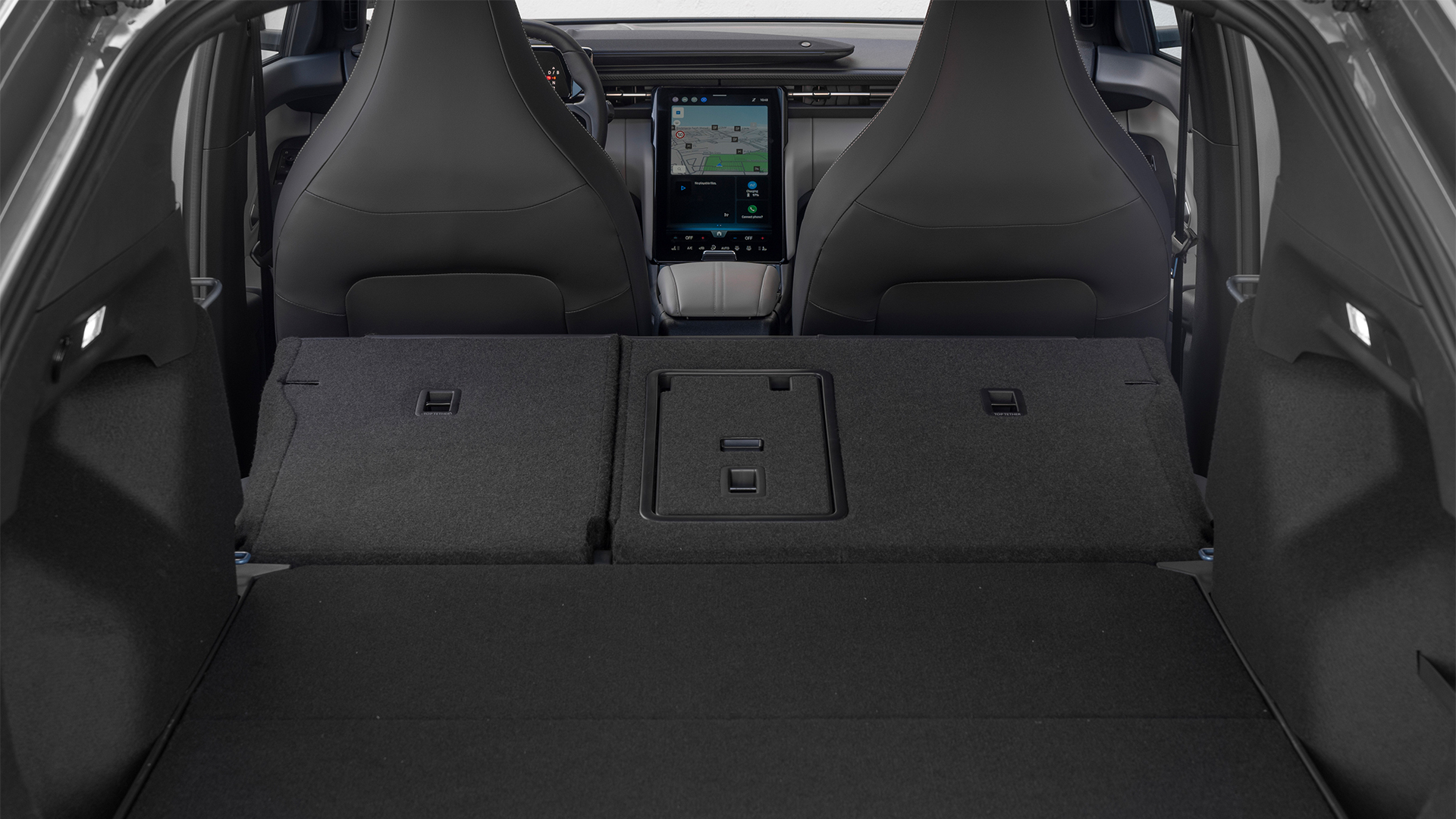
It’s just a hell of a lot money whichever way you look at it, which makes Ford’s lack of imagination in the revival of the Capri name an even more difficult pill to swallow.
I braced myself for the predictable comments about it not being a ‘proper’ Capri, with one passer-by going so far as to say it wasn’t even a ‘proper’ Ford.
But let’s park that now, because the modern Ford Capri is actually a perfectly lovely car to live with.
The company has traditionally produced models that are fun and engaging to drive, and it’s clear the same logic has been applied here, to an extent.
The electrified Capri is peppy, quick to get up to speed, composed through the corners and easy enough to thread through town at slower speeds.
There’s smooth regenerative braking and a plethora of parking assistance that helps disguise its size, although I did find there was a fair amount of road noise when up to highway cruising speeds – likely not helped by the massive panoramic glass roof.
It certainly won’t set your pants on fire, nor does it have the same sort of playful character that some smaller retro-inspired EVs offer. But it’s comfortable and relatively efficient when driven in the warmer months.
Charging is limited to 185kW, so expect the 10-80% top-up to take around 30 minutes from the most powerful outlets.
Again, it’s perfectly acceptable, but falls some way behind Kia’s 18-minute ultra-fast charging in the EV6, which is thanks to its 258kW DC charging rates.
Spacious, tech-y but lacking a spark
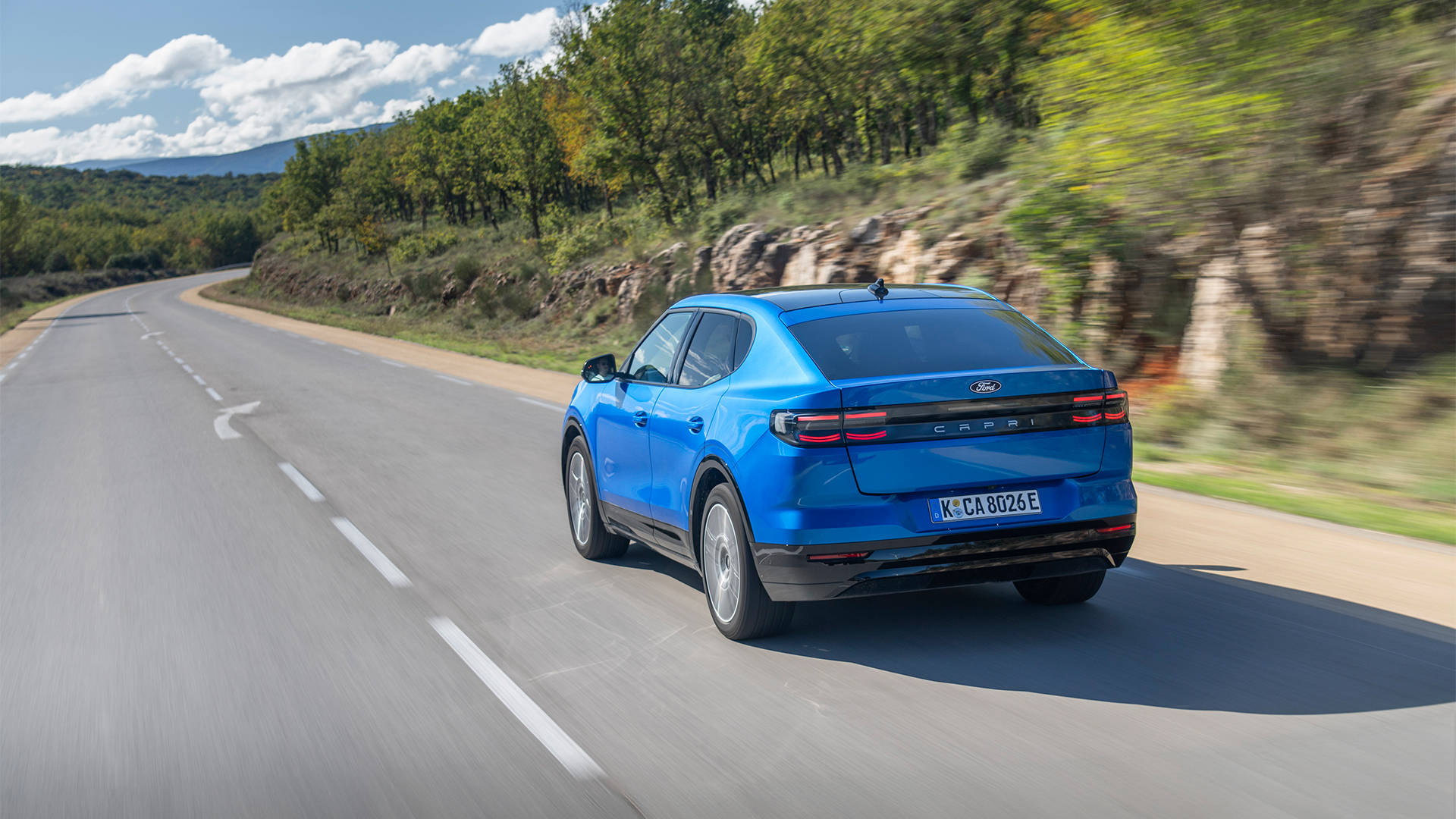
There’s no lack of space inside the new Capri, with an enormous trunk offering 572 liters of storage with the rear seats intact, myriad bins, organizers and cupholders, as well as a generous amount of head and legroom for all passengers. It pretty much ticks all of the spacious, mid-sized SUV boxes.
The vertically-mounted SYNC Move touchscreen is clever in so much as it can be slid backwards so it is almost flush with the dash, revealing yet another stowage area, or angled to make operation a little easier.
That said, I found some of the functionality and application shortcuts difficult to reach when driving, as anything on the left-hand side of the screen (I was in a right-hand drive car) felt far away.
Regardless, the infotainment system proved snappy, the built-in navigation reliable and the presence of Apple CarPlay and Android Auto a welcome touch.
But you’re never too far away from the VW Group influence, including the digital driver display, which is borrowed wholesale from the ID range.

This is all part of the issue, as I felt like a bit of a fraud when parking the Capri up in public places. I braced myself for the predictable comments about it not being a ‘proper’ Capri, with one passer-by going so far as to say it wasn’t even a ‘proper’ Ford.
Spending millions on marketing in the run up to launch clearly didn’t help either, with Eric Cantona’s infamous “the legend is back” line now feeling like a serious faux pas. Although Ford has doubled-down with a one-of-one Cantona edition.
But this is the risk with reviving a nameplate that means so much to so many – it is a fine line between success and failure. I would dread to think what would have happened in France if Renault completely messed up the R5, there would have been chaos.
Instead, the French automaker cleverly played on nostalgic design cues, it revived some of the original car’s quirky convenience features in the R4 and, more importantly, it made sure the cars were affordable.
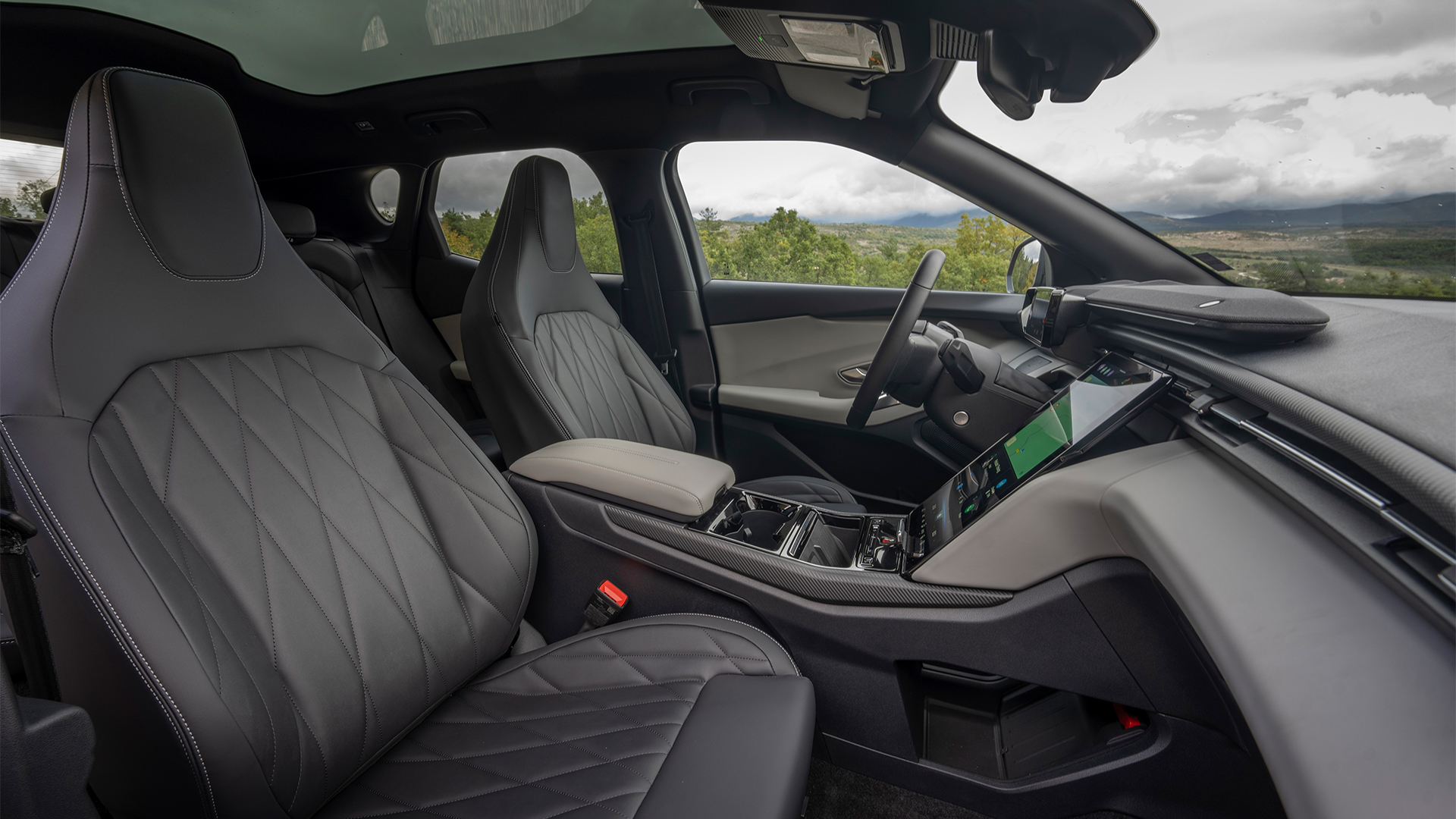
The new Capri, unfortunately, feels more like a half-baked marketing exercise and a poor attempt at reviving a memorable nameplate, all without the required effort and design prowess to ensure its success. It’s also expensive.
More worrying is the fact that reports surfaced at the end of last year that Ford was slashing production of both its Capri and Explorer models, citing weakening demand and a building of inventory as reasons.
The Cologne plant in Germany, which produces both Explorer and Capri, has massively scaled back its operation, with the firm citing weak EV demand as a key driver at the tail end of last year, according to Automotive News.
It is clear the Capri hasn’t had the impact that Ford had hoped and it’s not because it is a bad car, far from it, but because it is a largely forgettable EV – perfectly great for the everyday but in no way an icon.
Something the original most certainly was.
You might also like
- The 5 most exciting new EVs from the Shanghai Auto Show 2025 that could launch globally
- Mercedes' new steer-by-wire tech is the next big EV trend – and I'll begrudgingly accept that it's the future
- I've driven the retro-inspired Renault 4 E-Tech and it's just as fun as the R5... but with added practicality

Leon has been navigating a world where automotive and tech collide for almost 20 years, reporting on everything from in-car entertainment to robotised manufacturing plants. Currently, EVs are the focus of his attentions, but give it a few years and it will be electric vertical take-off and landing craft. Outside of work hours, he can be found tinkering with distinctly analogue motorcycles, because electric motors are no replacement for an old Honda inline four.
You must confirm your public display name before commenting
Please logout and then login again, you will then be prompted to enter your display name.